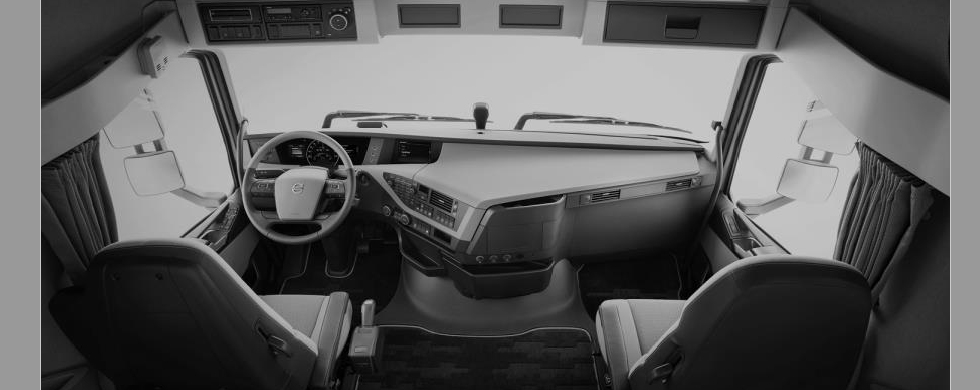Comfortable Driving
Comfortable Driving - Three case studies on driver's behaviour in different driving situations
Summary
In the road transport field, it is a fact that truck drivers spend long hours inside the truck, sitting in the driver seat. However, sitting for long periods of time has proven to be not healthy, it leads to discomfort and fatigue, which could be possible causes of severe traffic accidents.
Important research has taken place in the field of trucks, so that the truck driver population will be healthy and able to be productive also in the future. However, the majority of the trucks are designed to support people who are close to the anthropometric means and do not take into consideration the more specific needs a driver at the boundaries of the population may have.
Therefore, the really short or tall drivers are not fully supported through the design of the cockpit in an adequate amount and have to compromise their driving postures. The CAB interior division at Volvo Group Trucks Technology is always dedicated to develop new interiors for different truck models in order to improve truck drivers’ working life.
More specifically, they are interested in gathering information and investigating the internal and external parameters that lead the drivers to choose a specific sitting behaviour in different driving situations. Furthermore, they are interested to know the factors that cause the transition between those different postures. This thesis project identifies the key parameters that govern the drivers’ chosen driving postures. The focus is on the internal arrangement of the driver position within the cockpit, in relation to internal and external parameters.
Furthermore, there will be a focus on the extremes of people’s anthropometric dimensions. The drivers’ stature will be the parameter that is going to be examined, thus really tall and short people. The project consists of three main phases which have been executed using an iterative process. The three main phases are the three case studies that were held and founded this thesis work. The first case study is the questionnaires, the second case study is the field tests in a real truck and the third case study is the driving simulator study. The results of each of the aforementioned case studies and the comparison of the outcomes gave the final conclusions and design proposals.
Skriv ut ![]()

